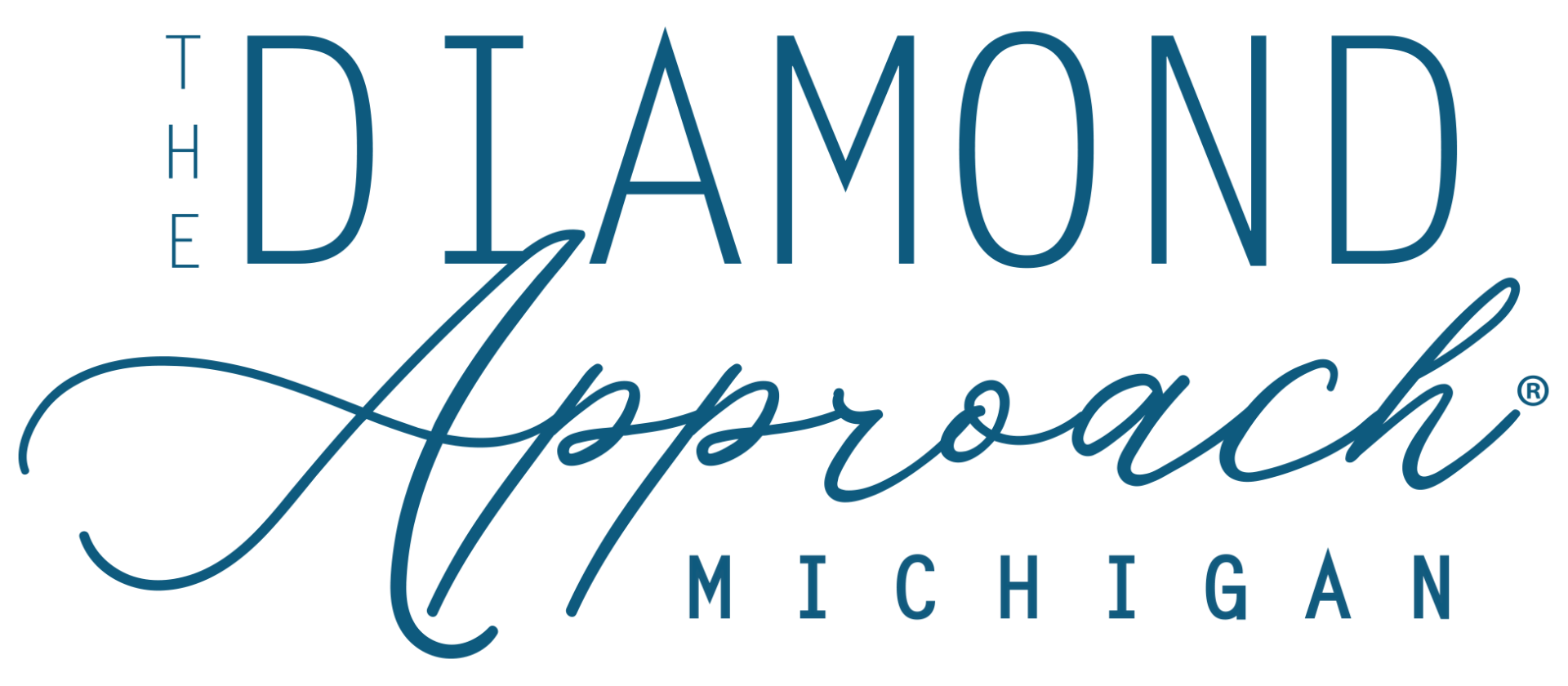A Path of Embodied Understanding

Imagine a spiritual path which embraces the truth of our interconnectedness with the ground of being, whether it is called God, Tao, the Buddha Realm or the Logos. Then imagine a spiritual path that looks at your day-by-day events, mental thought objects, reactions and expansions to see how they relate to the depth. Then imagine an organized method of looking at these events. Then you would be imagining a path like the Diamond Approach, developed by A. H. Almaas over 50 years ago.
The Diamond Approach is a path of wisdom, and approach to the investigation of Reality, and a method of working on oneself that leads to increased understanding, spiritual maturity and liberation. It is a contemporary spiritual teaching drawing on both modern psychology and traditional wisdom teachings.
A path while living in the world
This work is intended for those living in the world, supporting self-realization without needing to leave one’s life activities. It welcomes us as we are and guides us toward taking the next steps
in actualizing our potential for more aliveness, intimacy, clarity, depth, and engagement with our lives.
Accurate and deep teachings are not hard to find in today’s world. A careful search of the internet could yield talks and writings in all traditions which are deep and true.
But even with that knowledge available, most people either can’t hear or assimilate the teachings in a useful way. They listen to a good teacher with a good teaching, but it doesn’t penetrate their lives. Something more is needed—embodied understanding and application.
We are born without a small, separate self
Psychology agrees with the wisdom traditions in a very important way—we do not have our ego self when we are born. So how is it constructed? Object relations psychologists have a very detailed understanding of the stages of development of the separate self. As the infant relates to caregivers and the world, a sense of an individual self arises, mostly in response to the way that the world is perceived. This results in a relatively stable self-image or the achievement of object constancy by the age of 5 or 6. A child is then mostly participating in the egoic world.
It is a truism that one of the most persistent barriers to experiencing one’s self in the complete openness of our true nature in total freedom is this constructed self, or ego.
In the Diamond Approach, we have studied this knowledge, and we use it to inform our own inquiries into the truth of our nature. The Diamond Approach uses meditation and a unique kind of inquiry to develop greater understanding. It is usually done in group format. With a partner and a sincere desire for the truth, a person will look at an issue both historically and in the moment.
We spend as much time exploring the barriers as we do exploring the expanded states of stillness, peace and pure awareness, for example. All of it is included, and, especially at the beginning, the barriers are the most prominent.
Someone might come to practice because she sees patterns of behavior that are not fulfilling and undermine her in her job or relationships. You could say to this person—“you need to stop identifying with this small deficient place. It is not really you anyway”.
If a person could do this, then they wouldn’t need to have a practice. But typically, they can’t and we can’t. These patterns of behavior have many supports from our historical upbringing. So, this person will have been in an early holding environment that did not support her true nature completely; we all were.
We adjust to our caregivers
There may have been a way that her basic worth was not valued or seen. Maybe she was only valued as she performed some function in the world. Perhaps her father told her this either in
words or actions.
And she tried hard to please, sometimes being successful. But it left her with a basic feeling that she was not valued unless someone was praising her result. It left a feeling of dependency on the outside world for her value and a sense of deficiency underneath.
This example is not an isolated instance. It is almost universal. So, instead of saying—“Stop identifying with that deficient little girl”, we say—“Let’s look at that, how did it get formed. What is is made up of? How did it make you feel when you were with your father? Is there anger, sadness, something else? What is it related to? How was that for you?” In this way, we bring the history to light in an open and curious way.
Bringing presence to these undigested places allows us to bring our current wisdom to them. As they get unstuck, the truth of our being starts to show through. In this case, we see the truth of our own value. It is ours, without qualification. We see how we do not have to earn our value and that even in difficult circumstances we are not disconnected from it. And it is not dependent on outside circumstances. For this practice to have meaning, it must be felt in an embodied way and understood.
The above example is regarding value, one of our essential qualities. Our map includes many places where the personality “covers” up our essence: anger over strength and aliveness, willfulness over true will and hatred over peace and power, to name just a few.
Being present with our contractions allows them to relax
As these are brought to awareness, more is learned—connections to self and one’s history—often seeing the long-held contractions of the ego, and experiencing them in the moment. As these contractions are seen through and understood, they tend to thin out or fall away.
Our ego is always attempting to shore itself up with various defenses and identifications. Some are positive (like-I am a smart person) and many are negative (like—I am not worthy as in the above example, or, I am not strong enough). The map of the Diamond Approach shows the usual patterns in which we are defended or identified.
Many people come to spiritual work because something in their lives is not working. Maybe they have problems with jobs and co-workers, or feel a lack of fulfillment in some way.
As you look at the big questions such as: What is the cause of suffering? Who are we at our depth? What is the relationship of the ground of being and to the universe? the issues of our daily lives tend to be mixed up those issues—maybe our lack of confidence in our lives, perhaps relationship issues, maybe ways that we experience difficult emotions over and over.
Our personal issues connect with the big questions
Our practice deals with the big questions but also the more mundane life issues which are intertwined. Without looking at our anger, for example, we are not going to be able to fully feel our love. Without looking at hatred, we can’t experience our peace.
Our practice is to start from where the student is, with careful moment to moment exploration into what’s true in their immediate experience. It includes precise questioning, psychological discernment, breath work, body sensing practices and open-ended exploration. As we are present with all this, we let the truth unfold. The doorway to the universal is begun with the personal.
Many times, our parents don’t recognize our true nature, or sometimes are even challenged by it. A father might be upset by the unabandoned joy expressed by a small child. Because of our love for our parents, we start to give up on parts of ourselves. It starts to shape us in a certain way.
We create our identity in response to our history
A small boy has and artistic, quiet introspective nature but is in a family that honors athletic achievement. He is torn between his own natural inclinations and the love of his family. So he leans in the direction of being more gregarious and active which may not be his nature.
As in that example, we learn how to suppress parts of ourselves. It may help us to get along with society, but it’s really also about becoming something that we are not. There is something false created that takes the place of the true.
We begin to create an identity, a way to be different than we would naturally. There is a gap between our nature and the expressed identity. In order to become that identity we had to begin to disconnect from our essential nature.
That is the challenge of the personality, or ego structure, or the false identity. We inhabit it so
fully; we forget our depth. We forget who we are.
One purpose of this path is to learn about this false identity, remember the true, and connect more with the truth of our nature. It addresses this extraordinary dilemma—disconnection.
Presence brings understanding
Our inquiry practice focusses our attention on different places where we are disconnected. When we genuinely experience our anger, for example, and also metabolize the psychodynamically “stuck” places (often challenges in our history), our strength naturally arises, and it has a firmness combined with sensitivity and appropriateness.
Practicing with a group over many years, allows one to see many of the corners of our false self, which brings our history and our unconscious supports to light. As these are metabolized, the true qualities of our nature, love, intelligence, peace, compassion and many other pure qualities of our spiritual nature show through more and more. As we are more guided by our essence, we are more able to connect with the beauty and mystery of life.
Organized Group Teachings
The Diamond Approach takes us from wherever we are to what is underneath that, and eventually, to what is more fundamental. We are peeling back that onion to find the potential of the beings that we are, and that potential is unlimited. It’s not the same for everyone. It’s unique and personal. We are unique expressions of that reality, and it is a precious gift to find out more about it.
Each practice group has a combination of group teachings with guided personal inquiries in groups of 2 and 3, small group work in a group of about a dozen, and private work with an individual teacher. There is a group in Ann Arbor accepting new members called Great Lakes Diamond Approach 2. For more information about events look at the website diamondapproachmichigan.org.
The group is taught by certified teachers Lou Weir, Ben Centanni, Sue Moen, Julie Endress and
Sheryl Lyndes Stowman.











